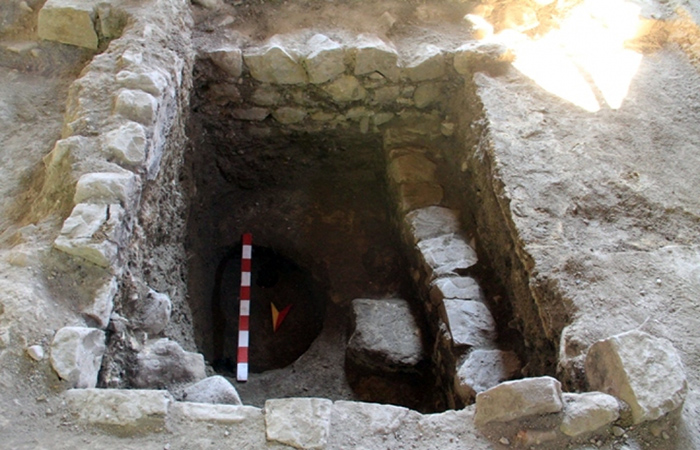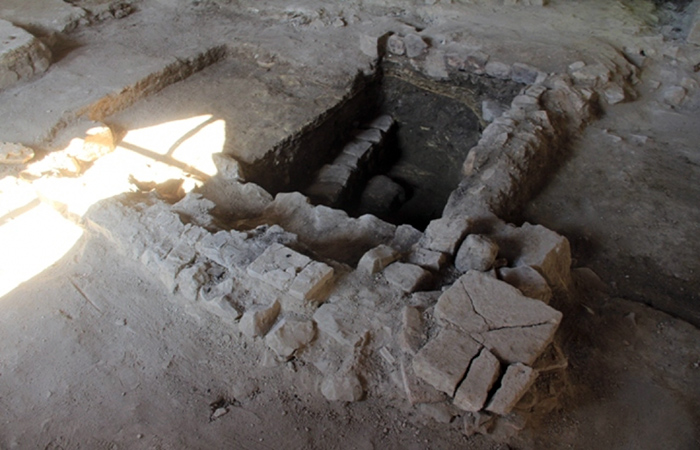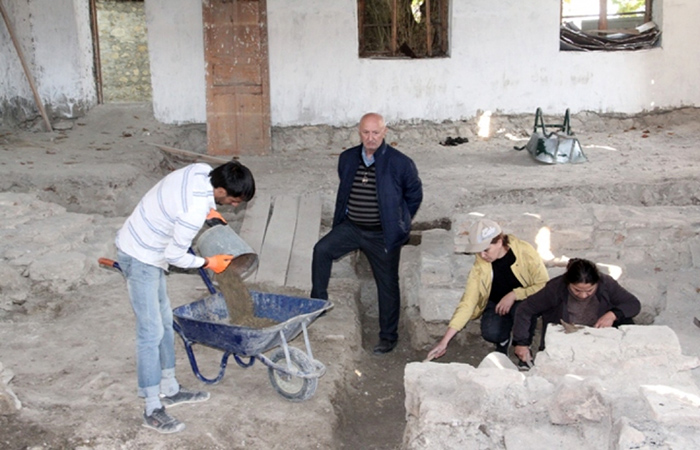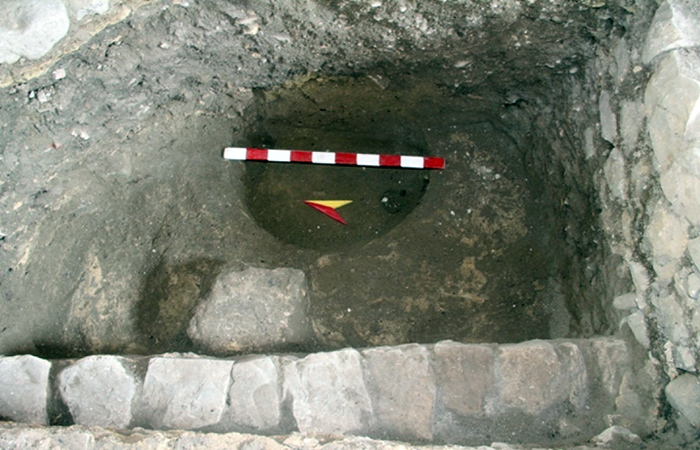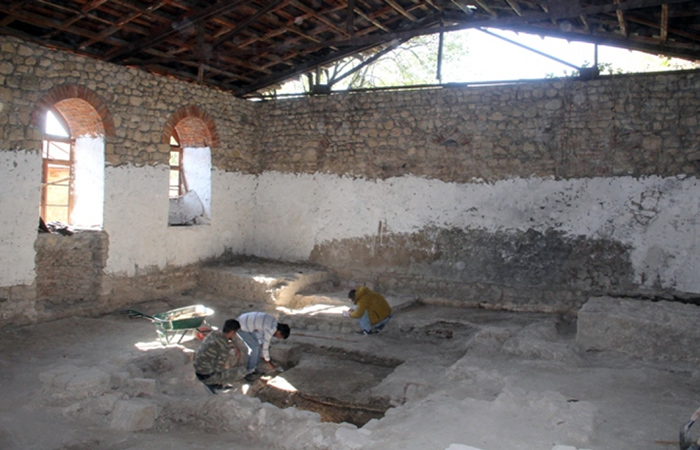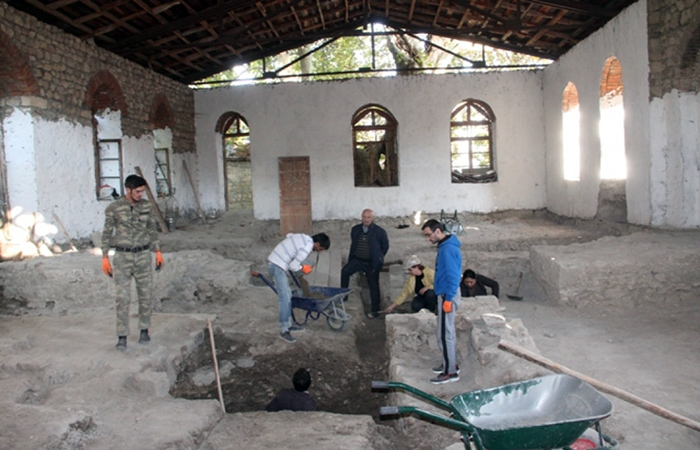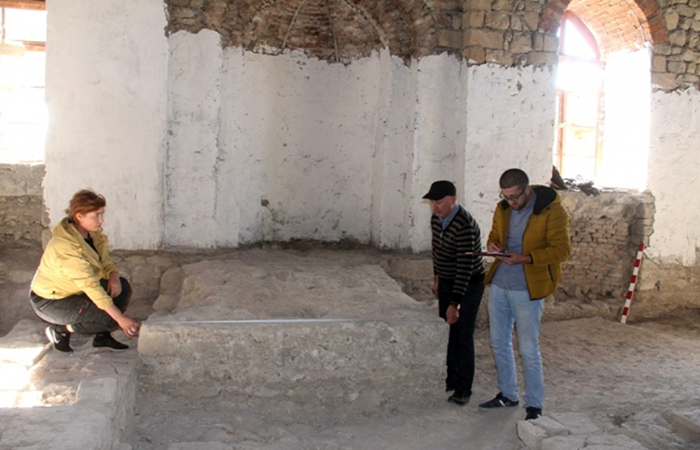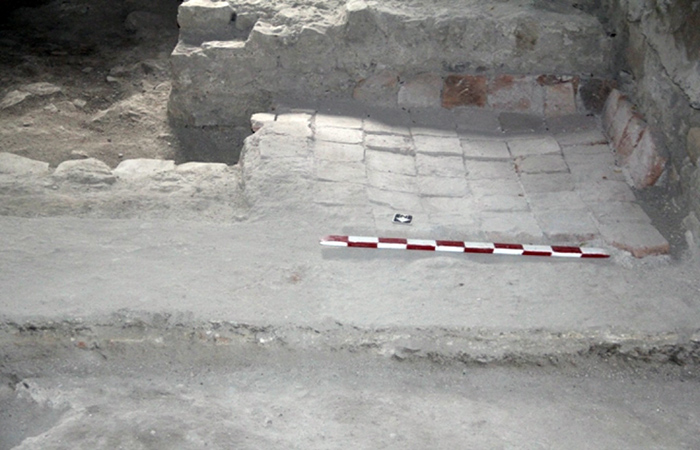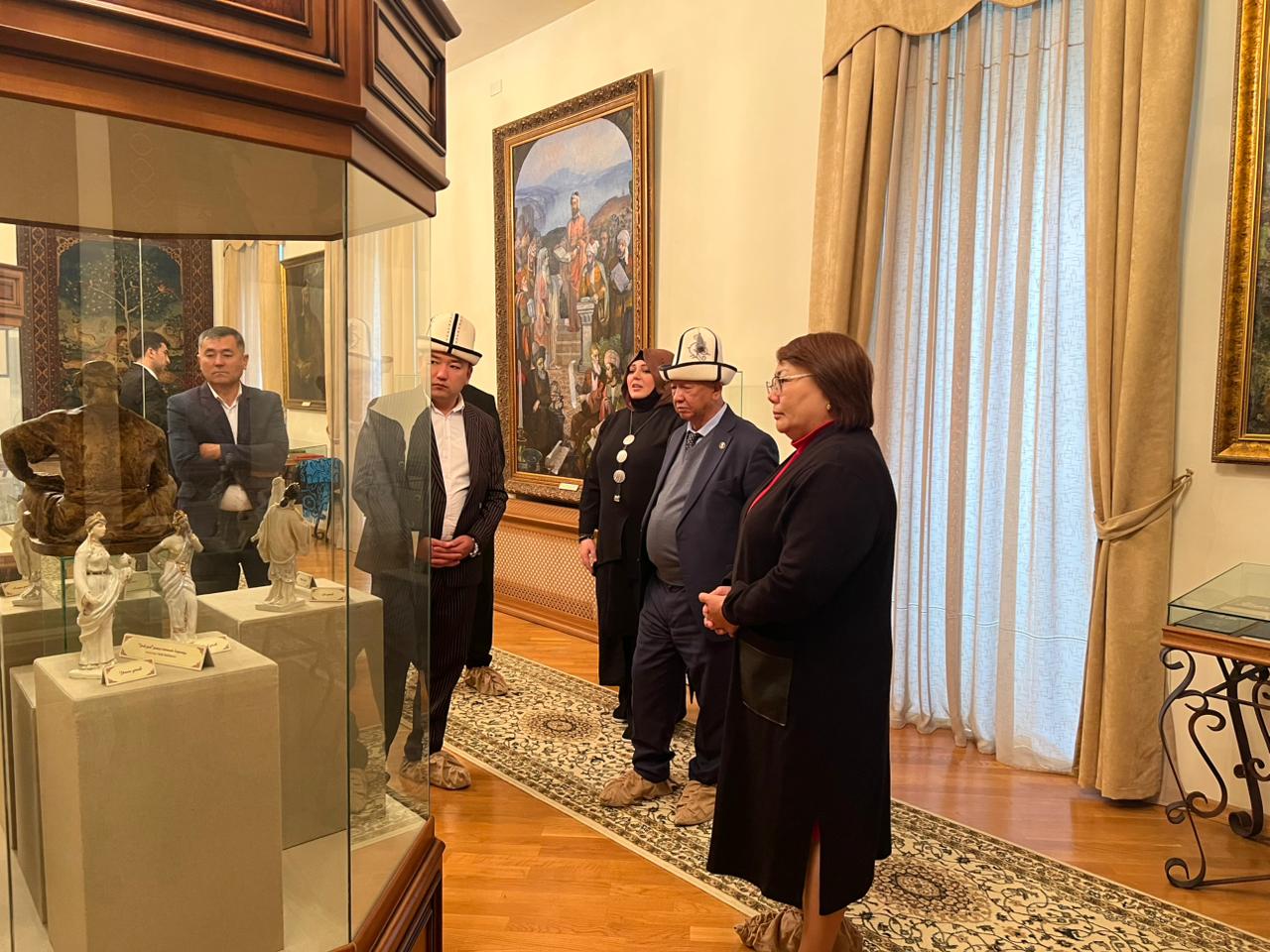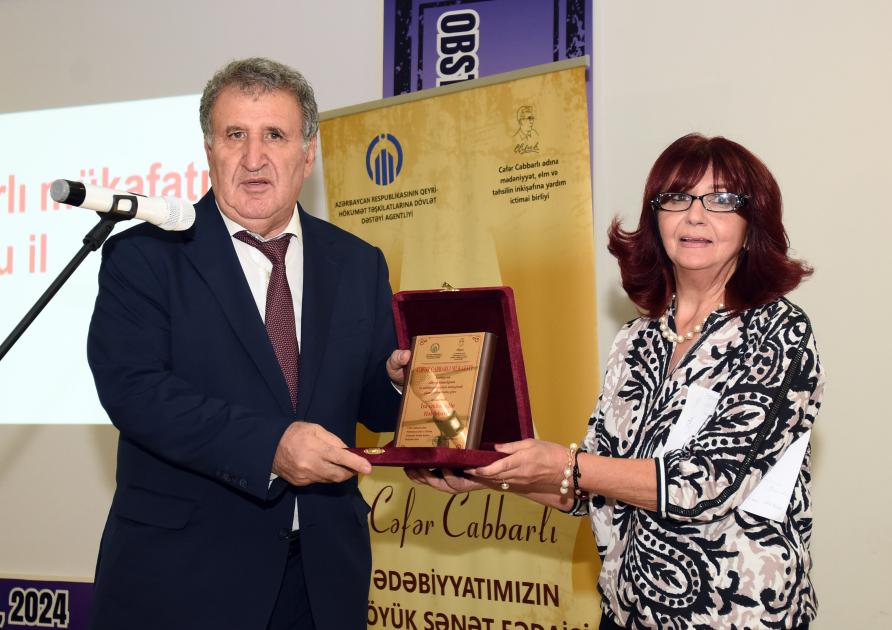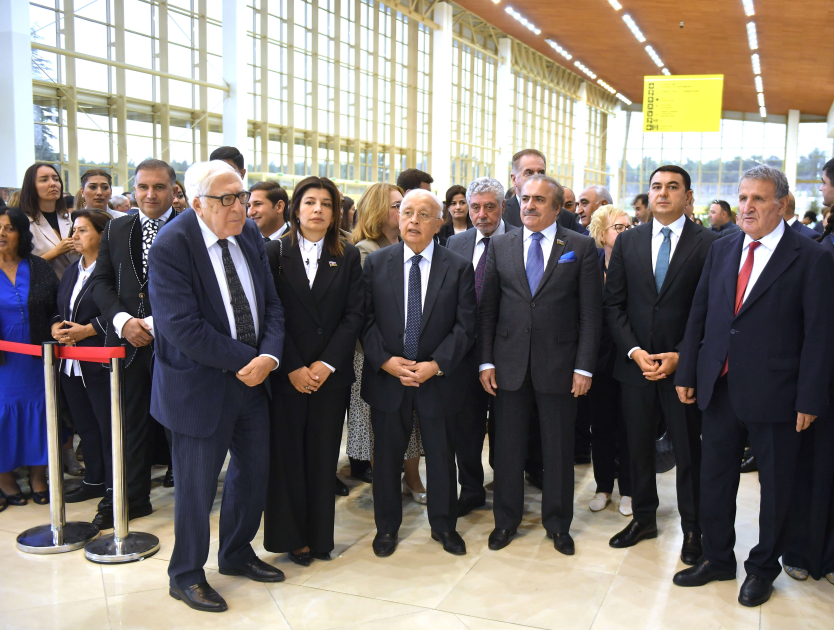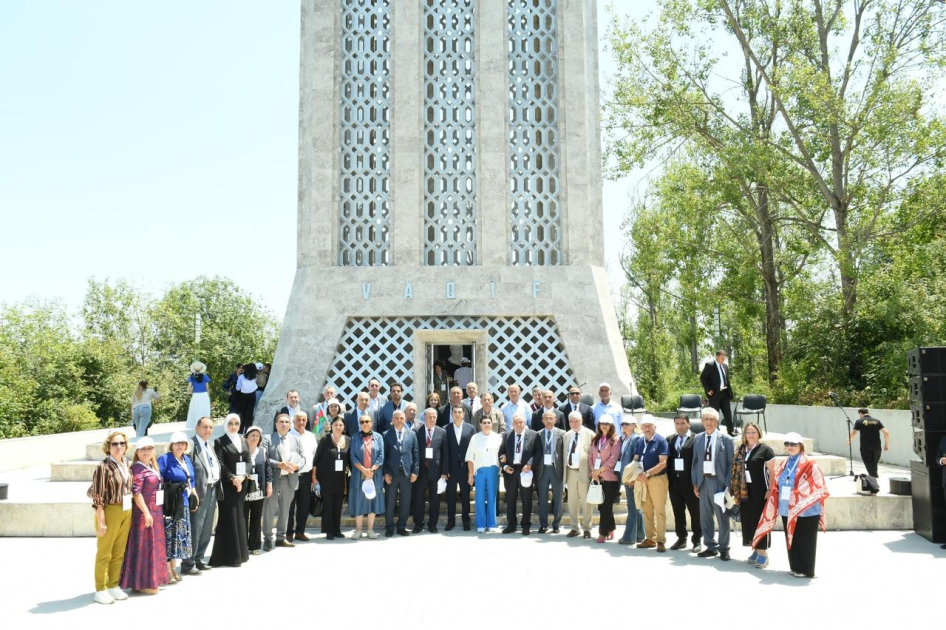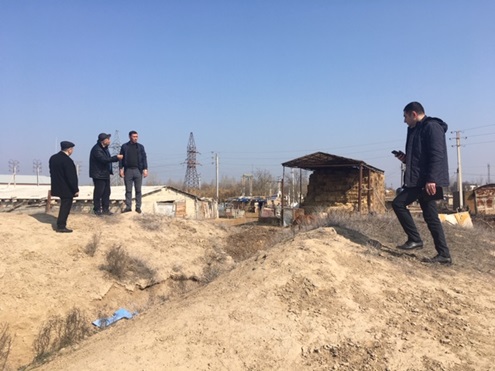- A-
- A
- A+
Archaeological investigations conducts in Baskal
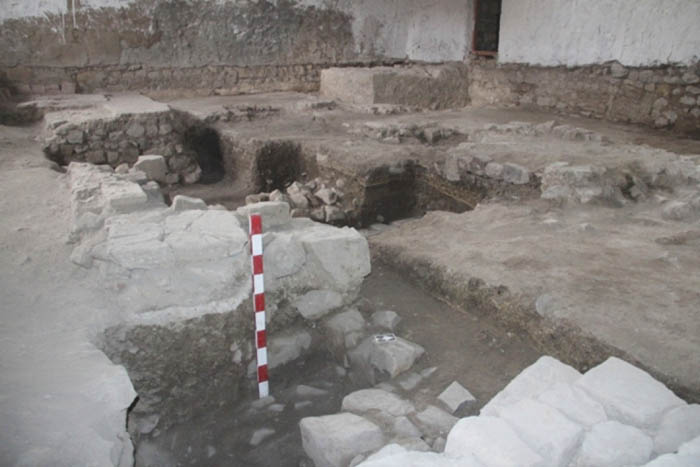
ANAS Institute of Archeology and Ethnography has been conducting archaeological research in Baskal, Ismayilli, one of the ancient settlements of Azerbaijan, with its rich history and unique natureince.
The research is carried out in accordance according the AR Presidential Order dated October 3, 2018 "On the Basque State Historical and Cultural Reserve".
Gafar Jabiyev, head of the Agsu-Ismayilli Archeological Expedition of the Institute of Archeology and Ethnography, said that, archaeological investigations in Basqal were fistly started in Galabashi, Bazar Square, bath and mosque complexes.
The aim is to study the time, when the basal habitat began, the population dynamics in the area, the stratigraphy of construction and habitat, the extent to which urban elements were preserved in the historical development process, and the living and culture of the residents.
They explored part of the basement's northern tower walls and uncovered the remains of the Basque bath.
According to Gafar Jabiyev, the archeological studies have already been completed on 111 square meters of the mosque with a total area of 161 square meters. As a result, from the eleventh century to the present day, six building layers with a thickness of 3.5 meters have been registered.The most magnificent of these building remains is the mosque building, built on stone columns measuring 2m x 2m and covering an area of 32.4 square meters. A chair was found near the south-west pillar of the mosque.
The archaeologist added that, while cleaning the area, the mosque's book was also found there. According to the same book, the Basque Mosque was built in 1568 under the command of Sufi Darvish, the bourgeois of truth.
Another book found in the mosque territory in the 1980s and attached to the wall of auxiliary building is mentioned by Sheikh Muhammad and his son Sheikh Safain.
All this indicates that the local residents that mosque named after the “Sheikh Muhammad Mosque”. Other artifacts discovered during archeological excavations, especially colorful ceramics, show that the Sheikh Muhammad Mosque was built in the middle of the 16th century.
Head of expedition said that, each of the six building blocks registered in the study area spans an average of 160 years.
The expedition leader noted that each of the six building layers recorded in the study area covers an average of 160 years. All construction layers registered in the study area are very rich in construction residues of various nature and purpose.
He also said that, other remains of Sheikh Muhammad’s mosque were discovered in the area where the study is being conducted. Of particular interest is the remains of a magnificent building found in the central part of the study area, at a depth of 2.3 meters.
Preliminary archaeological research in this area confirms that Baskal is indeed one of the most important centers of trade and crafts of Azerbaijan in the Middle Ages.
Colorful ceramic, iron and stone products, especially textile artifacts found in the area during excavations shows how great the creative imagination of the Baskal masters is.
©All rights are re served. Citing to www.science.gov.az is necessary upon using news.
Similar News
Links
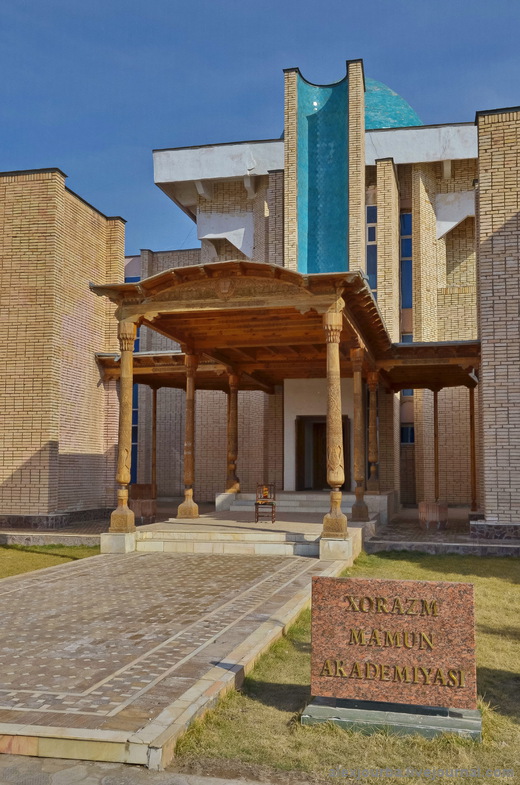


 Elm TV
Elm TV
 Photo
Photo
 Video
Video
